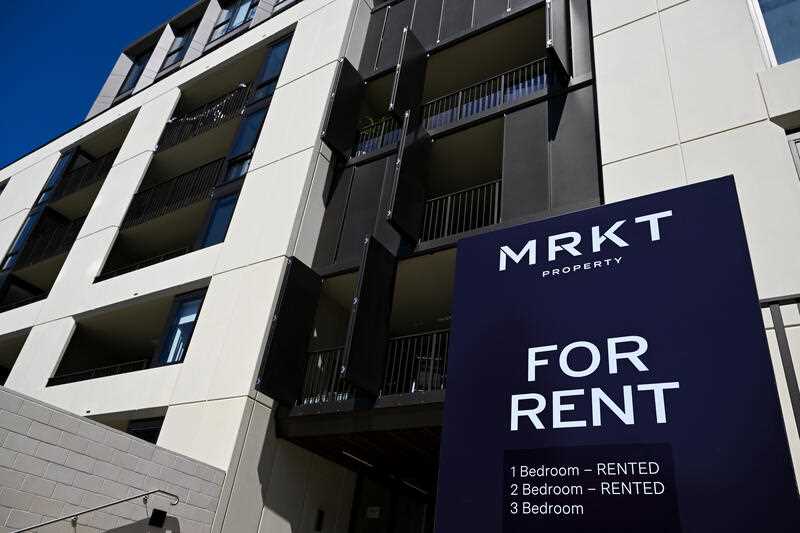Rents are still going up but are starting to find a ceiling as tenant budgets can be stretched no further.
National rents as tracked by property data firm CoreLogic lifted 1.6 per cent in the three months to September, down from a 2.2 per cent jump in the June quarter.
The pace of growth has wound back a little even as national vacancy rates, the percentage of properties available, found a new record low of 1.1 per cent in September.
A persistent shortage of listings, combined with more people moving to Australia and fewer leaving, were largely to blame for the extremely low rental availability.
CoreLogic economist Kaytlin Ezzy said the affordability ceiling in part explained the unusual combination of slower rent price growth and a falling vacancy rate.
Rental values have lifted a material 30.4 per cent since July 2020, with the average renter now forking out nearly $140 extra a week.
“With the rising cost of living adding additional pressure on renter’s balance sheets, it is likely tenants have hit an affordability ceiling, seeking to grow their households to share the growing rental burden,” Ms Ezzy said.
Rents grew in every major city aside from Canberra and Hobart, with the latter bumping aside Adelaide as the capital with the lowest median rent.
Darwin rents grew the fastest, lifting 3.3 per cent, followed by Brisbane, which recorded 2.5 per cent growth over the three months.
The other capital cities all recorded growth but not as fast as in the quarter before.
Separate reports by real estate companies PropTrack and Domain also recorded growth over the September quarter.
Domain chief of research and economics Nicola Powell said Australia was firmly a landlord’s market.
Dr Powell said rental supply had suffered from a lack of new construction and investors selling due to higher holding costs.
“To balance the rental market and achieve a healthy vacancy rate of two-three per cent, Australia needs 40,000 to 70,000 additional rentals,” she said.
The property firm recorded a new record high of $600 for median weekly asking rent for houses across the nation.
This marks a 13 per cent increase from last year.
By Poppy Johnston in Canberra
Tight rental market squeezing renters
National housing campaign Everybody’s Home says tight rental availability is squeezing renters and underscores the urgent need for more affordable homes.
New figures by CoreLogic and Domain show vacancy rates have fallen to record lows as rents remain unaffordable across the country.
Everybody’s Home spokesperson Maiy Azize said governments need to significantly increase the supply of social housing.
“Australia’s housing crisis just keeps getting worse. Rents are unsustainably high, pricing people out of their communities and pushing them to the brink,” Ms Azize said.
“Hundreds of thousands of people are in rental stress, but there is virtually nowhere for renters to find a cheaper place to live. Renters are reaching an affordability ceiling – there’s only so much they can stretch their budgets for the security of a home.
“The private rental market simply isn’t delivering affordable homes. The government must boost social and affordable housing to help the growing number of renters who are deep in housing stress, and living on the edge or below the poverty line.
“The government’s new investments in social housing must be backed by a plan to end our shortfall of 640,000 social homes. Australia needs 25,000 new social housing dwellings each year to see an end to housing stress, homelessness and overcrowding,” Ms Azize said.
Get local, national and world news, plus sport, entertainment, lifestyle, competitions and more delivered straight to your inbox with the Canberra Daily newsletter. Sign up here.



